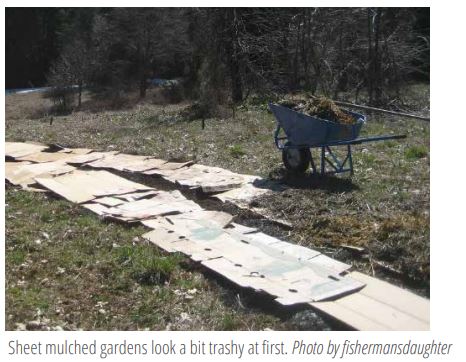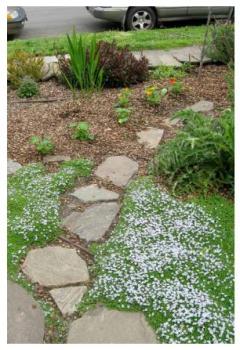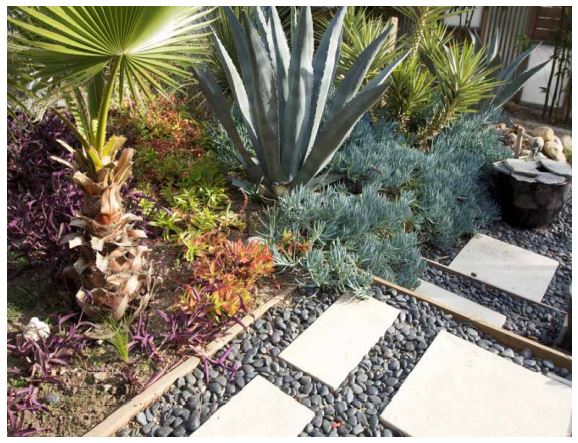-
Our
Community
-
Column 1
- About
- History of Carlton
- Your Government
- Civic Center
- General Information
- Sponsorships and Donations
- Hospitals
- Providence Newberg Medical Center
- Willamette Valley Medical Center
- Jobs
- Map of Carlton
Column 2
- Report a Problem
- Potholes, Street Lights, Code Violations
- Resources
- Community Health and Safety
- Emergency Links
- General Resource Links
- Police Department Resources
- Travel Resources
- Newsroom
- City Community Updates
- E-Notification Sign-Up
- New Releases
- NextDoor
Column 3
- Organizations
- Carlton Business Association
- Visit Carlton
- Yamhill County
- Public Safety
- Fire
- Police
- Recreation
- Carlton Parks
- City Pool
- County Parks
- Reserve a Picnic Shelter
- State Parks
Column 4
- Schools
- Yamhill-Carlton School District
- Utilities and Services
- Century Link
- Comcast
- Online Northwest
- PGE
- Recology
- Volunteer Opportunities
-
-
Our
Services
-
Column 1
- Agendas & Minutes
- Boards, Commissions and Committees
- Budget Committee
- Planning Commission
- Urban Renewal Agency
- Urban Renewal Budget Committee
- City Budget
- City Council
- Mayor's Corner
- Mission and Vision Statement
Column 2
- City Departments
- Administration
- City Policies
- Finance
- Parks & Recreation
- Planning & Engineering
- Police
- Pool
- Public Works & Streets
- Staff Directory
- Water and Sewer Billing
Column 3
- Code Enforcement
- Code of Ordinances
- Crime Statistics
- Development Guidelines
- Documents, Reports, Presentations
- Forms & Permits
Column 4
-
-
Our
Events
-
Column 1
- Carlton Crush Harvest Festival
- CBA
- Child Abuse Awareness Month
- Destination Carlton
- Christmas in Carlton
- Christmas Tree Lighting
Column 2
- Events & Activities
- Calendar of Events
- Fun Days
- Music for Hope
- National Night Out
Column 3
-
Preparing for Summer
League of Oregon Cities Conservation Corner
Preparing your Lawn for Summer
Spring can be a very wet time in Pacific Northwest (PNW). While we're thankful for the rain and snow from the winter, it also means many people will forget that Oregon, along with most of the PNW, is still in a multi-year drought. So, what can the average person do to help reduce their water usage now in preparation for next summer's dry weather? Have you considered reducing or eliminating your lawn?
There are many benefits to reducing the size of your lawn:
- It saves time, money, and energy that you're no longer spending mowing, fertilizing, and watering. Just think... no need to store a lawnmower anymore!
- It reduces your overall water consumption, saving you money on your water bill.
- It creates a reduction in noise and air pollution. According to the EPA, lawns cover 20 million acres of residential land in the United States alone, and gas lawnmowers account for 5% of the air pollution. A 3.5 hp lawnmower pollutes as much in one hour as a vehicle driving 350 miles.
- Eliminating or reducing your lawn also offers more biodiversity when you replace your lawn with a variety of plants that attract bees, butterflies, hummingbirds, etc.
- It can also enhance the value of your home. Low maintenance yards are becoming more attractive to home buyers.
Below are a few do-it-yourself options for replacing your lawn, and fall is the perfect time in Oregon to begin such a project:
Sheet Composting
This is the easiest method but be aware, the entire process takes four-to-six months. The benefit is that it's inexpensive and helps build your soil through the decomposition of cardboard and compost. This method also requires large amounts of compostable material.

- Step 1. Mow your grass on the lowest setting possible.
- Step 2. Stop watering your lawn (you can begin this process anytime during the summer but be aware the neighbors may ask questions about why your lawn is dying!)
- Step 3. Cover the existing lawn with layers of organic material such as cardboard (remove all tape, labels, etc.) or 10 sheets thick of black and white only newspaper. Make sure to overlap the pieces. Water this layer thoroughly.
- Step 4. Layer over the top a weed free mulch such as leaves, sawdust, manure, finished compost, shredded garden trimmings, wood chips, or straw (be sure to use clean straw and do not use hay as it contains seeds which will create a bigger issue!)
- Step 5. Sit back and let nature do it's thing. Once the process is complete, your soil will be in much better shape and ready for a variety of plants.
Sod Cutting
If you just want to reduce the size of your lawn but not eliminate all of it, you can utilize sod cutting. The top layer of sod can be sliced off with a spade for larger areas you can rent a sod cutter at your local hardware store. The sod which has been removed can be stacked and covered with a sheet of black plastic. In about 6 months, the grass and roots will break down leaving you with valuable soil for your garden, shrubs, and flowers beds. In the area where you removed the sod, you can either hardscape with gravel or pebbles, or plant native shrubs, flowers, etc.
Consider a Lawn Alternative

Still want a green look to your lawn but don't want water intensive grass that you have to mow? Consider replacing your lawn with groundcover. These are plants that spread across the ground but do not grow tall, so no mowing is needed. These plants also require little maintenance. They can even enhance the soil health by acting as a mulch as some groundcovers are nitrogen fixing.
Microclover, creeping thyme, blue star creeper, and native strawberries can make great lawn replacements. There are also several drought tolerant groundcovers including ice plants, dianthus, and mountain sandwort. Your local nursery can recommend the right groundcover for your soil and maintenance needs.
![]()
Hardscaping
Hardscape includes replacing areas of your landscaping with non-living elements such as concrete, tile, pebbles, recycled tumbled glass, or gravel. With gravel and pebbles, you can use contrasting colors to create different designs and incorporate paving stones for walking paths. The example below is for replacing your lawn with gravel and is one of several methods you can utilize.

- Start with Steps 1-3 of the "Sheet Composting" method described above.
- Step 4. Unroll black landscape fabric over the top of the newspaper or cardboard. Adjust the fabric so it overlaps the edge of the lawn area. Place a brick or large rock every few feet along the edges of the fabric to weigh it down.
- Step 5 Add a few inches of mulch over top of the landscape fabric. Use a rake to spread the mulch over the area as evenly as possible. Allow this to sit for one or two weeks.
- Step 6. Remove the bricks/rocks from the landscape fabric. Pour gravel (or whatever hardscape material you choose) on top of the layer of mulch at a rate of one cubic foot per square inch of area.

- Step 7. Spread the gravel evenly with a rake. Trim away any excess fabric from the edges of the area with scissors.
- Step 8. Be sure to check the area after a few weeks for any signs of settling. Add additional gravel as necessary.
Not only can you save precious water, money, and time by undertaking one of these do-it-yourself projects, but you also get to enjoy a beautiful new landscape.
For questions related to Oregon Water Resources Department's water conservation programs, please contact Kerri Cope at Kerri.H.Cope@oregon.gov or 503-979-9544.
